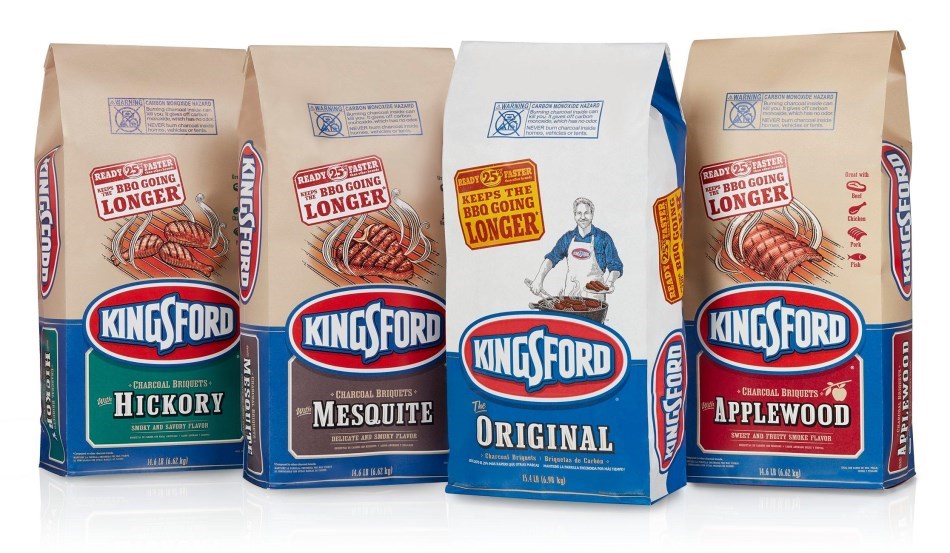Ford Motor Company sold more than one million Ford Model Ts in 1919, and each of those Model Ts used 100 board feet of wood for the parts such as frame, dashboard, steering wheels and wheels. Because of the amount of wood that had to be used in the cars, Henry Ford decided he wanted to produce his own supply. He enlisted the help of Edward G. Kingsford, a real estate agent in Michigan, to find him a supply of wood.

Coincidentally, Kingsford’s wife was a cousin of Ford – making the partnership a reality. In the early 1920s, Ford acquired large timberland in Iron Mountain, Michigan, and built a sawmill and parts plant in a neighboring area (which became Kingsford, Michigan). The mill and plants produced sufficient parts for the car but generated waste such as stumps, branches and sawdust. Ford suggested that all wood scraps were to be processed into charcoal.
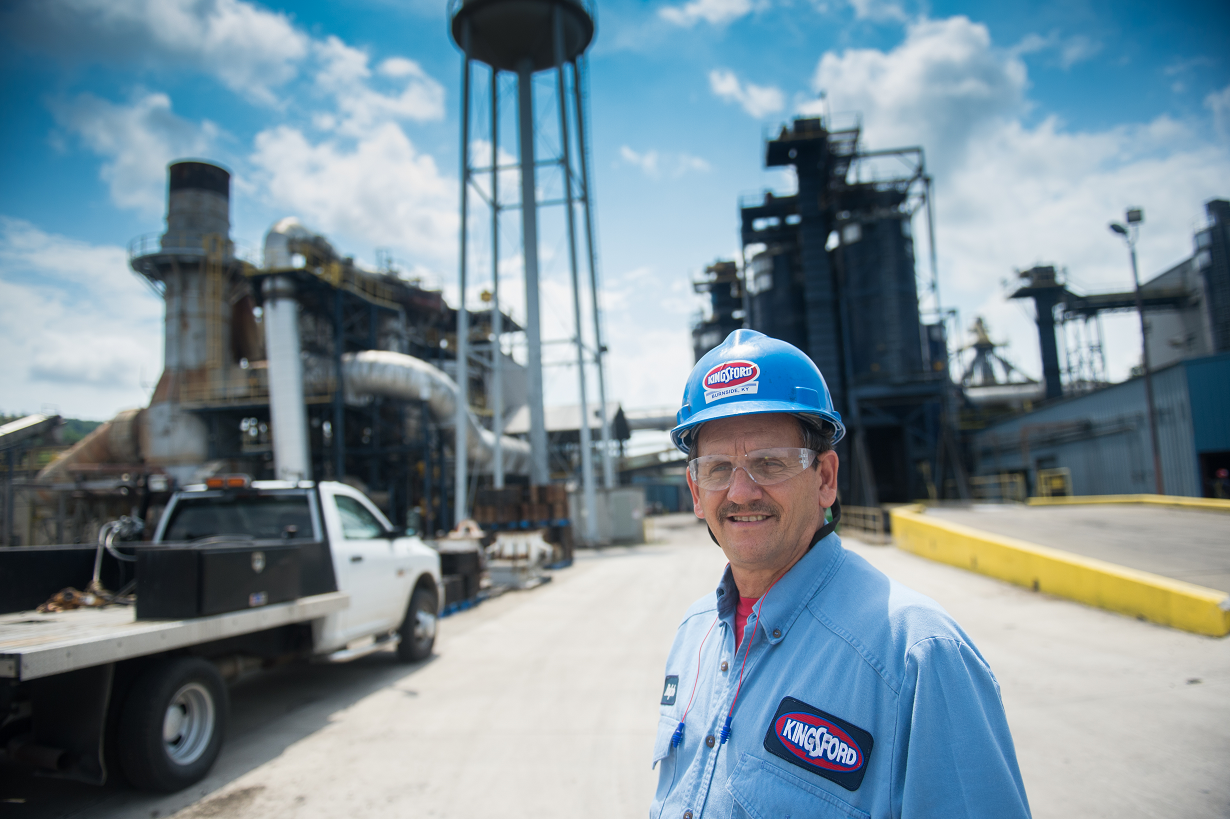
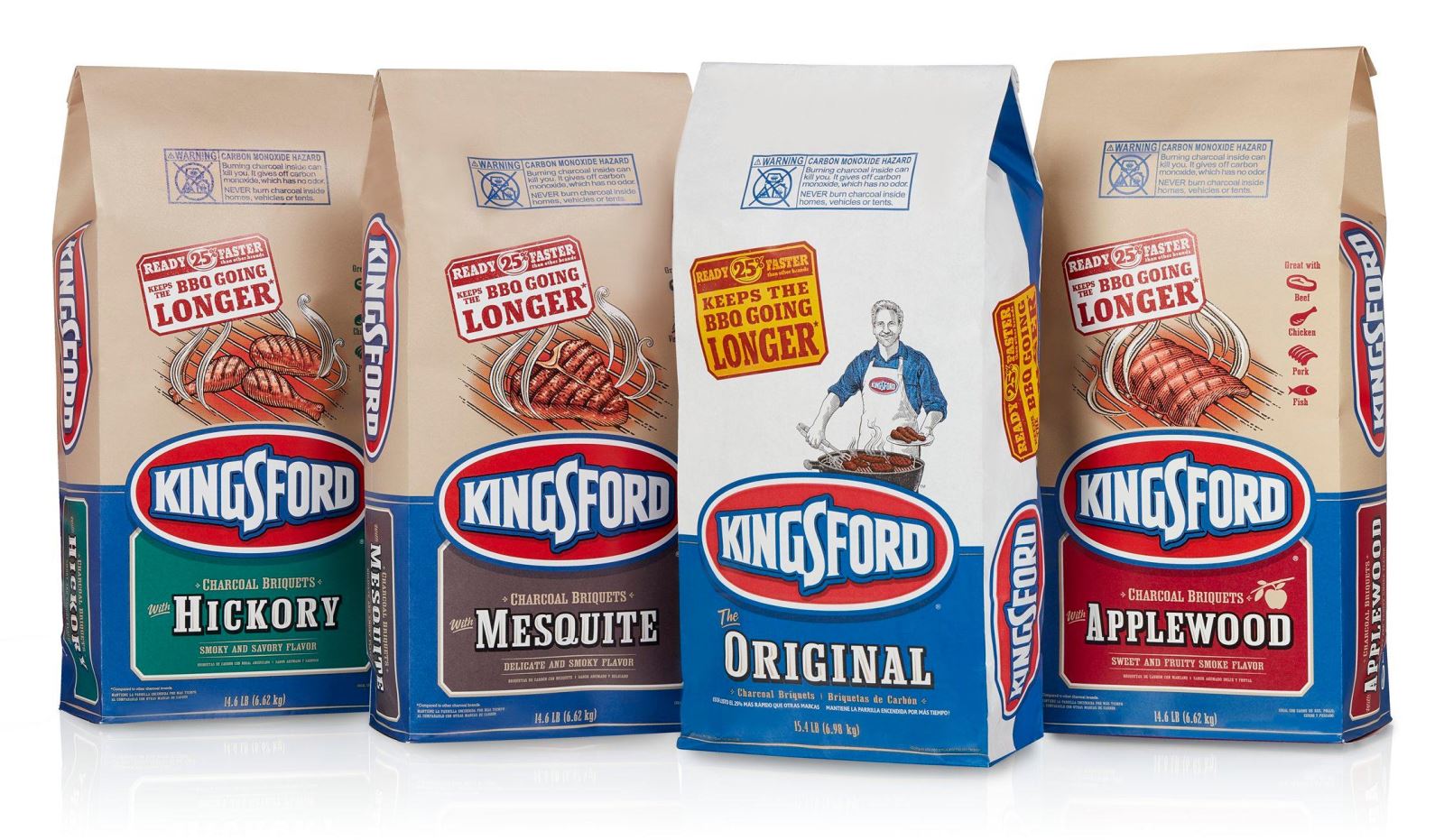
A University of Oregon chemist, Orin Stafford, had invented a method for making pillow-shaped lumps of fuel from sawdust and mill waste combined with tar and bound together with cornstarch. He called the lumps “charcoal briquettes.” Thomas Edison designed the briquette factory next to the sawmill, and Kingsford ran it. It was a model of efficiency, producing 610 lb (280 kg) of briquettes for every ton of scrap wood. The product was sold only through Ford dealerships. Ford then named the new business Ford Charcoal and changed the name of the charcoal blocks to “briquets”. At the beginning, the charcoal was sold to meat and fish smokehouses, but supply exceeded demand.
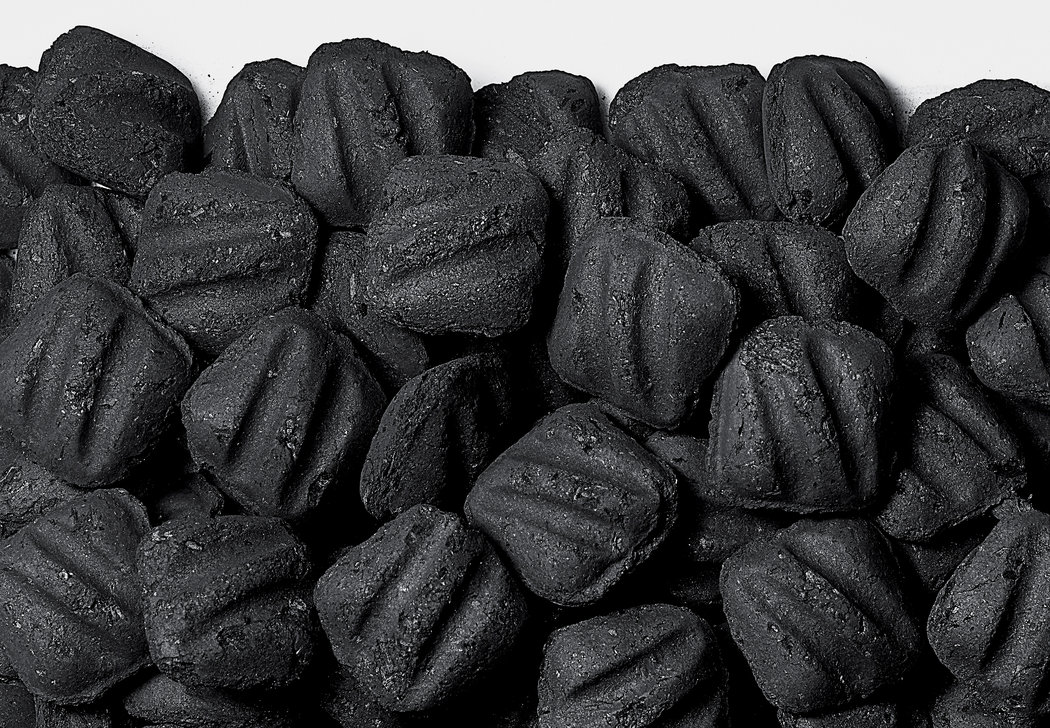
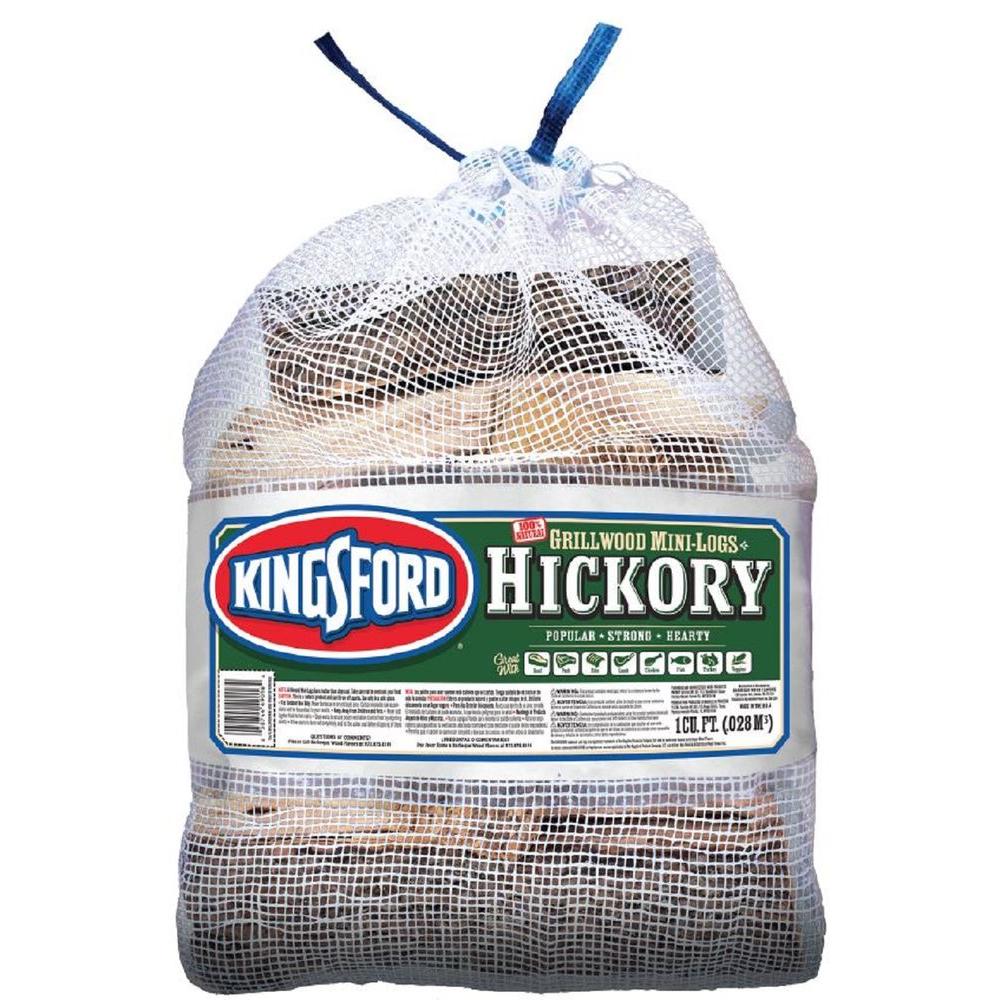
By the mid-1930s, Ford was marketing “Picnic Kits” containing charcoal and portable grills directly from Ford dealerships, capitalizing on the link between motoring and outdoor adventure that his own Vagabond travels popularized. “Enjoy a modern picnic,” the package suggested. “Sizzling broiled meats, steaming coffee, toasted sandwiches.” It wasn’t until after World War II that backyard barbecuing took off, thanks to suburban migration, the invention of the Weber grill and the marketing efforts. An investment group bought Ford Charcoal in 1951 and renamed it to Kingsford Charcoal in honor of Edward G. Kingsford (and the factory's home-base name) and took over the operations. The plant was later acquired by Clorox in 1973.
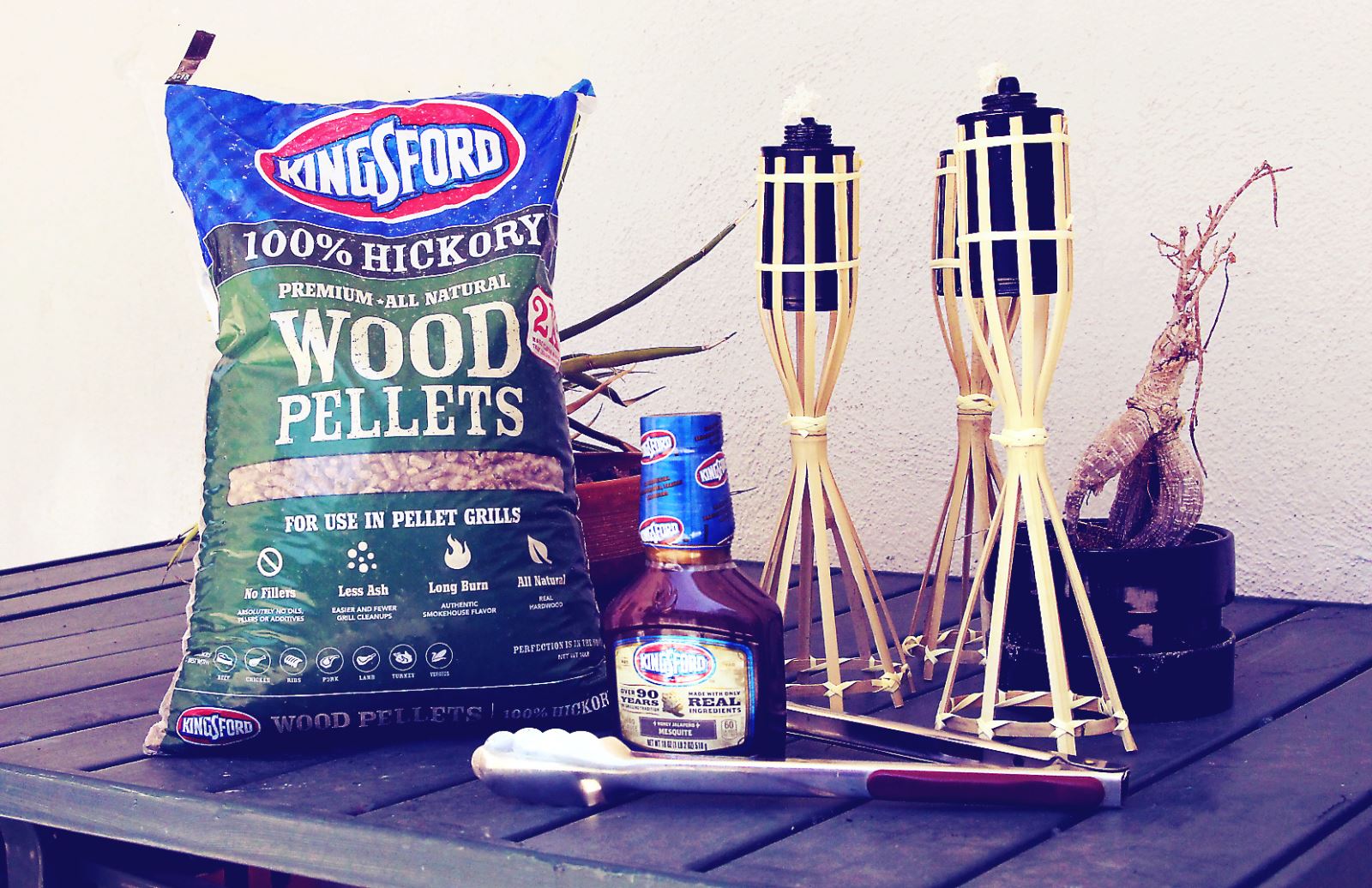
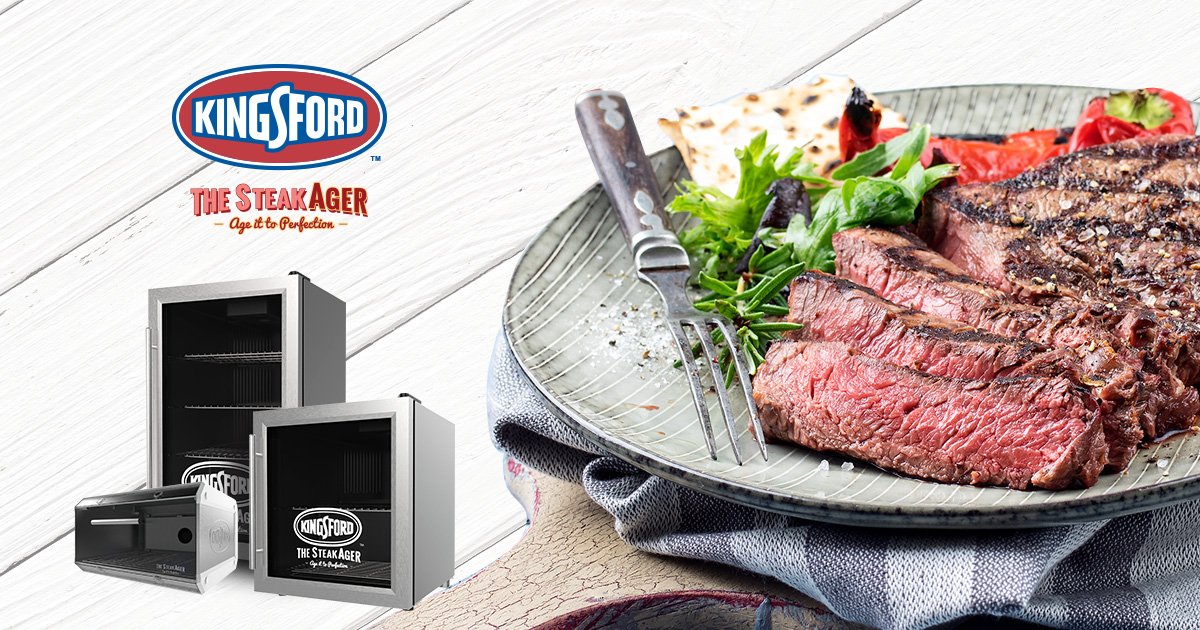
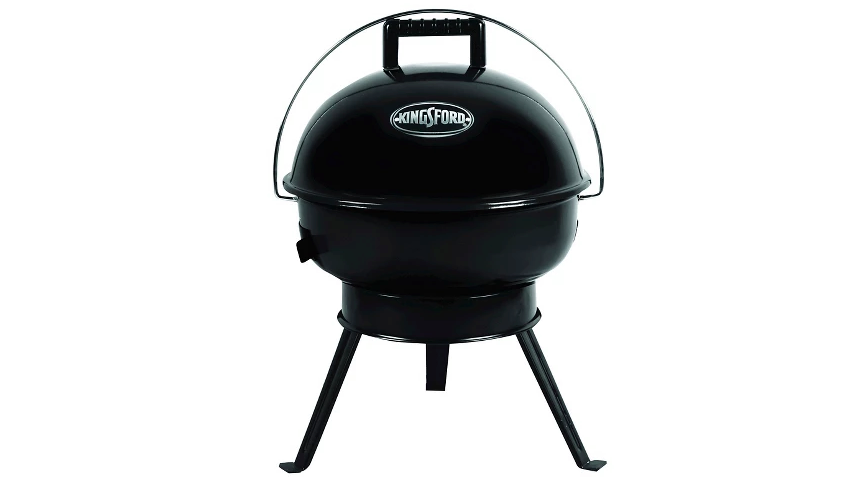
According to wikipedia



